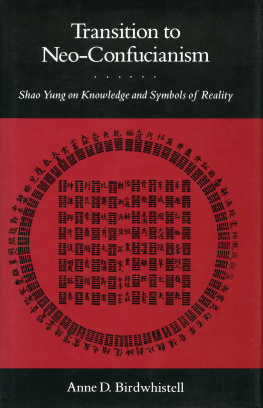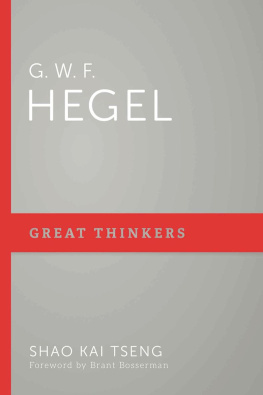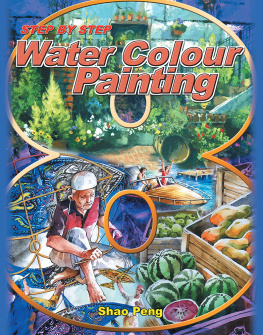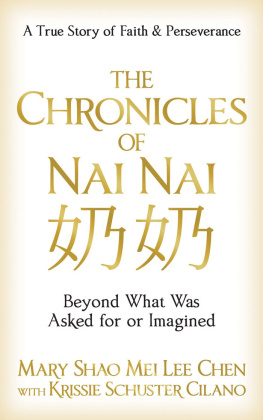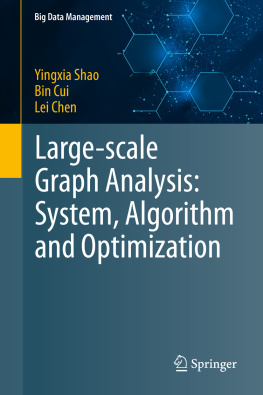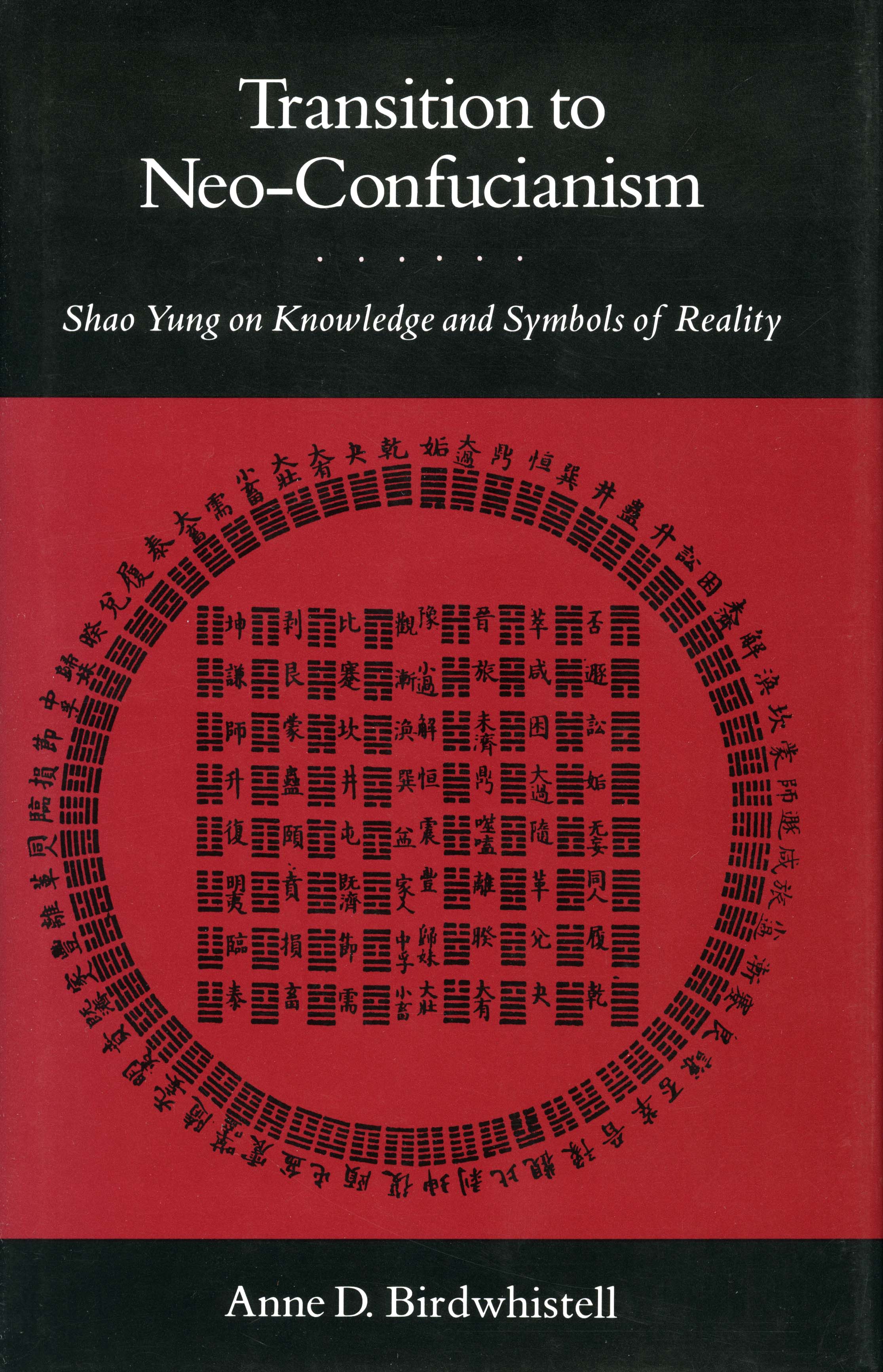Anne Birdwhistell - Transition to Neo-Confucianism: Shao Yung on Knowledge and Symbols of Reality
Here you can read online Anne Birdwhistell - Transition to Neo-Confucianism: Shao Yung on Knowledge and Symbols of Reality full text of the book (entire story) in english for free. Download pdf and epub, get meaning, cover and reviews about this ebook. year: 1989, publisher: Stanford University Press, genre: Religion. Description of the work, (preface) as well as reviews are available. Best literature library LitArk.com created for fans of good reading and offers a wide selection of genres:
Romance novel
Science fiction
Adventure
Detective
Science
History
Home and family
Prose
Art
Politics
Computer
Non-fiction
Religion
Business
Children
Humor
Choose a favorite category and find really read worthwhile books. Enjoy immersion in the world of imagination, feel the emotions of the characters or learn something new for yourself, make an fascinating discovery.
- Book:Transition to Neo-Confucianism: Shao Yung on Knowledge and Symbols of Reality
- Author:
- Publisher:Stanford University Press
- Genre:
- Year:1989
- Rating:5 / 5
- Favourites:Add to favourites
- Your mark:
Transition to Neo-Confucianism: Shao Yung on Knowledge and Symbols of Reality: summary, description and annotation
We offer to read an annotation, description, summary or preface (depends on what the author of the book "Transition to Neo-Confucianism: Shao Yung on Knowledge and Symbols of Reality" wrote himself). If you haven't found the necessary information about the book — write in the comments, we will try to find it.
Using an explicit metaphilosophical approach, the author examines the implicit and assumed aspects of Shao Yungs thought and shows how it makes sense to view his philosophy as an explanatory theory. Shao Yung explained all kinds of change and activity in the universe with six fundamental concepts that he applied to three realms of reality: subsensorial matter, the phenomenal world of human experience, and the theoretical realm of symbols.
The author also analyzes the place of the sage in Shaos philosophy. Not only would the sage restore political and moral unity in society, but through his special kind of knowing he also would restore cosmological unity. Shaos recognition that the perceiver had a critical role in making and shaping reality led to his ideal of the sage as the perfect knower. Utilizing Shaos own device of a moving observational viewpoint, the study concludes with an examination of the divergent interpretations of Shaos philosophy from the eleventh to the twentieth century.
Because Shao took very seriously numerological aspects of Chinese thought that are often greatly misunderstood in the West (e.g., the I Ching), the study is also a very good introduction to the epistemological implications of an important strand of all traditional Chinese philosophical thought.
Anne Birdwhistell: author's other books
Who wrote Transition to Neo-Confucianism: Shao Yung on Knowledge and Symbols of Reality? Find out the surname, the name of the author of the book and a list of all author's works by series.

